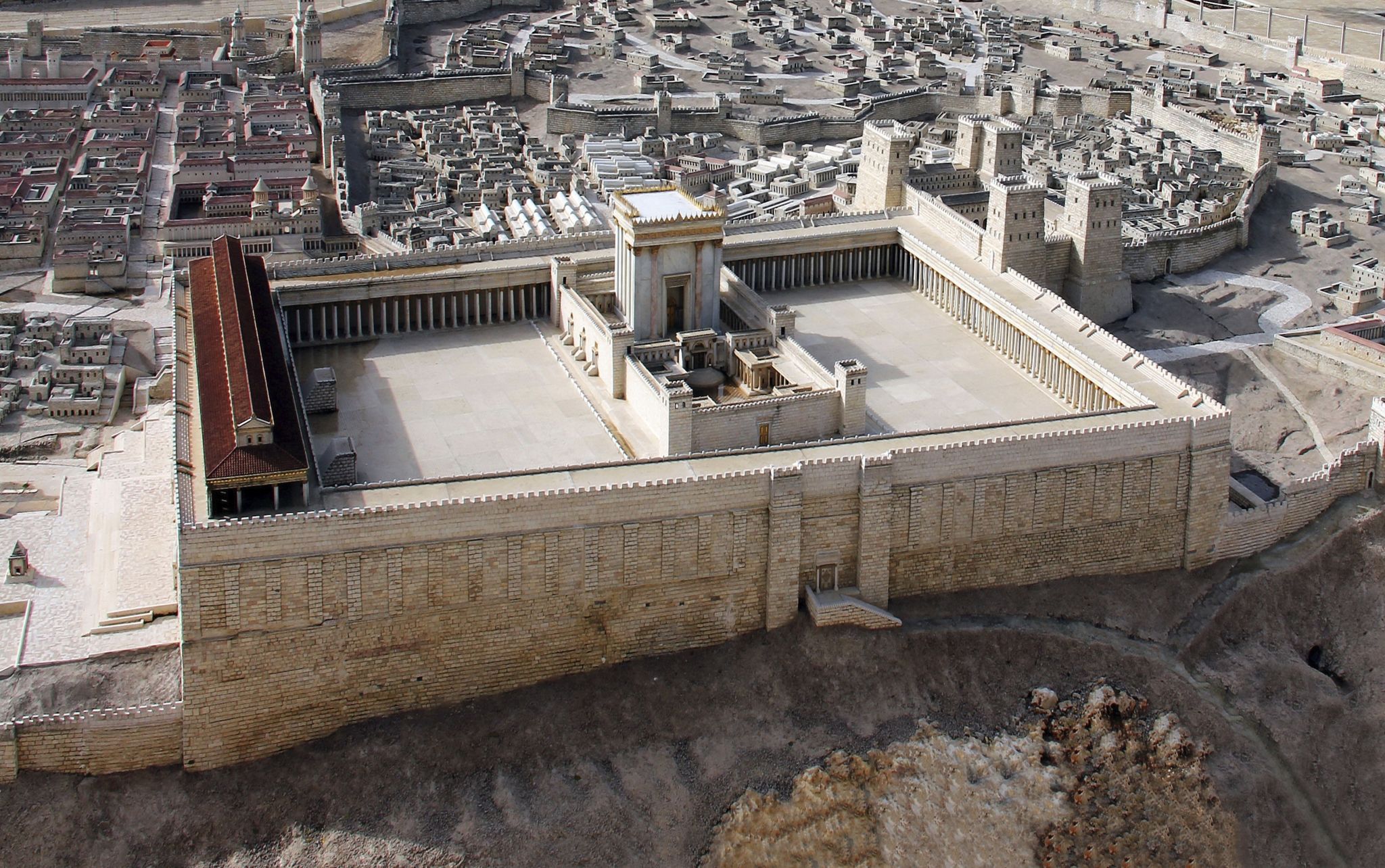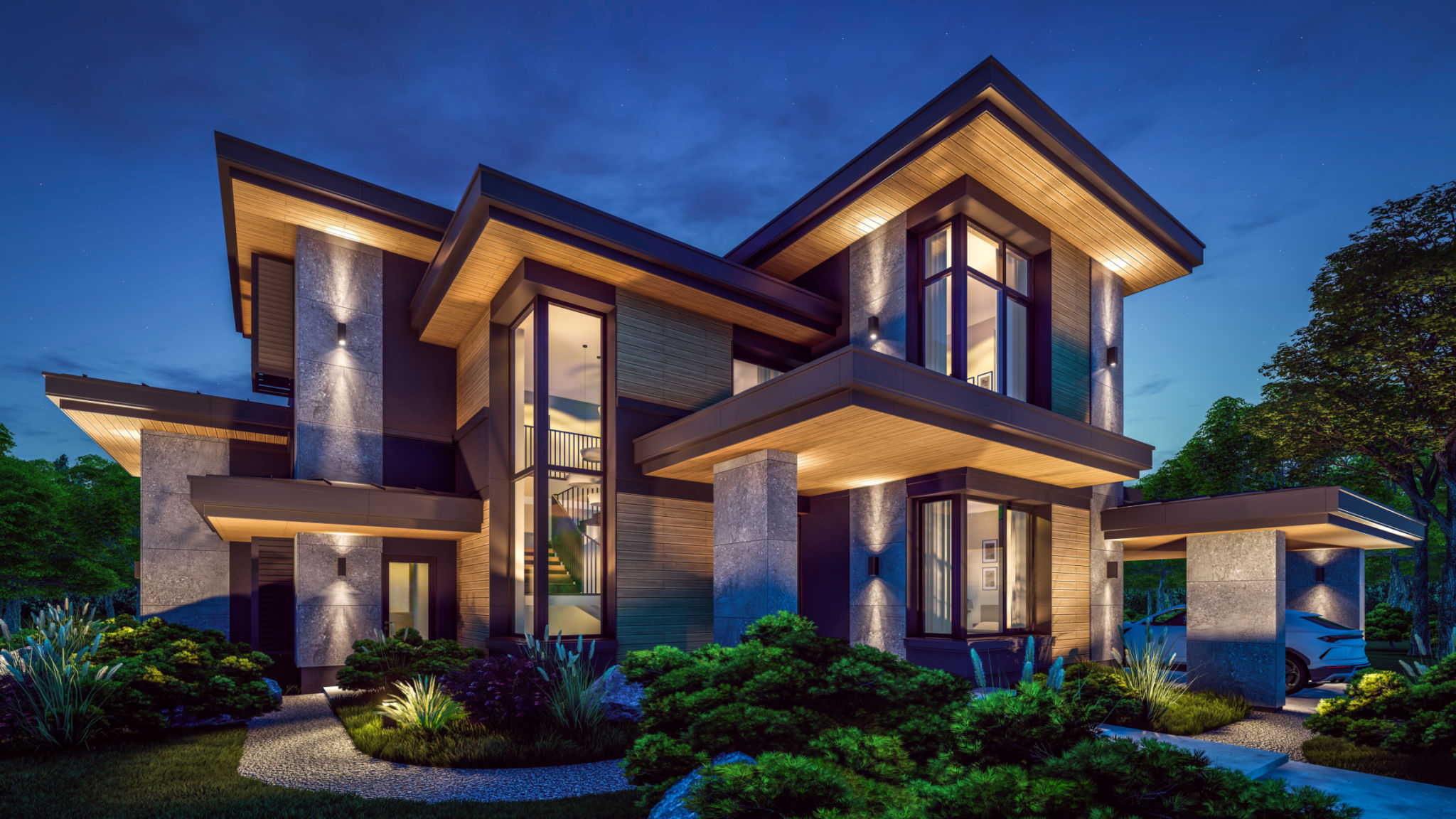Shivamogga's Architectural Heritage: A Blend of Tradition and Modernity
Discovering Shivamogga: A Journey Through Time
Shivamogga, often referred to as the "Gateway of Malnad," is a city in Karnataka, India, that boasts a rich tapestry of architectural heritage. This city is a testament to the seamless blend of tradition and modernity, offering a unique glimpse into the past while embracing contemporary influences. The diverse architectural styles found in Shivamogga are a reflection of its historical significance and cultural evolution.
From ancient temples to modern structures, Shivamogga presents an intriguing landscape that draws visitors from near and far. As you stroll through its streets, you'll encounter a harmonious mix of old-world charm and new-age innovation. This blend is not just limited to buildings but extends to the local lifestyle, making Shivamogga a fascinating destination for cultural enthusiasts and architecture aficionados alike.

The Legacy of Ancient Temples
At the heart of Shivamogga's architectural heritage are its ancient temples, which stand as enduring symbols of the city's spiritual and cultural roots. These temples are not just places of worship but also masterpieces of craftsmanship. The intricate carvings and detailed sculptures tell stories of bygone eras, capturing moments from mythology and history.
The Keladi Rameshwara Temple is one such marvel, known for its Dravidian style of architecture. This temple, with its ornate pillars and majestic gopuram, is a prime example of the artistic prowess of the past. Visitors can spend hours admiring the skilled artistry that has been preserved for centuries.

Modern Architecture: A New Dawn
While Shivamogga cherishes its traditional roots, it has not shied away from embracing modernity. The cityscape is dotted with contemporary buildings that showcase innovative designs and sustainable practices. These structures not only cater to present-day needs but also contribute to the city's dynamic skyline.
Modern architecture in Shivamogga often incorporates elements of eco-friendliness, utilizing materials and designs that reduce environmental impact. Such buildings embody a forward-thinking approach that balances aesthetics with functionality, setting a benchmark for future developments in the region.

Preserving the Past for Future Generations
The challenge for any city with a rich architectural heritage lies in preserving its historical structures while accommodating growth and modernization. Shivamogga has taken proactive steps to ensure that its historical sites are well-maintained and accessible to all. Conservation efforts are underway to restore and protect these cultural landmarks for future generations.
Community involvement plays a crucial role in these preservation initiatives. Local residents and organizations actively participate in heritage conservation projects, fostering a sense of ownership and pride in their city's legacy. This collaborative approach ensures that Shivamogga's architectural treasures remain intact, serving as educational resources and tourist attractions.
The Role of Architecture in Cultural Identity
Architecture is more than just buildings; it is a reflection of a community's identity and values. In Shivamogga, the blend of tradition and modernity in architecture symbolizes the city's ability to adapt and thrive amidst change. It highlights the harmonious coexistence of different time periods and influences, creating a unique cultural tapestry.
As Shivamogga continues to develop, its architectural heritage will remain a vital part of its cultural narrative. By celebrating both its historical landmarks and modern achievements, Shivamogga sets an inspiring example for cities worldwide on how to honor the past while embracing the future.
